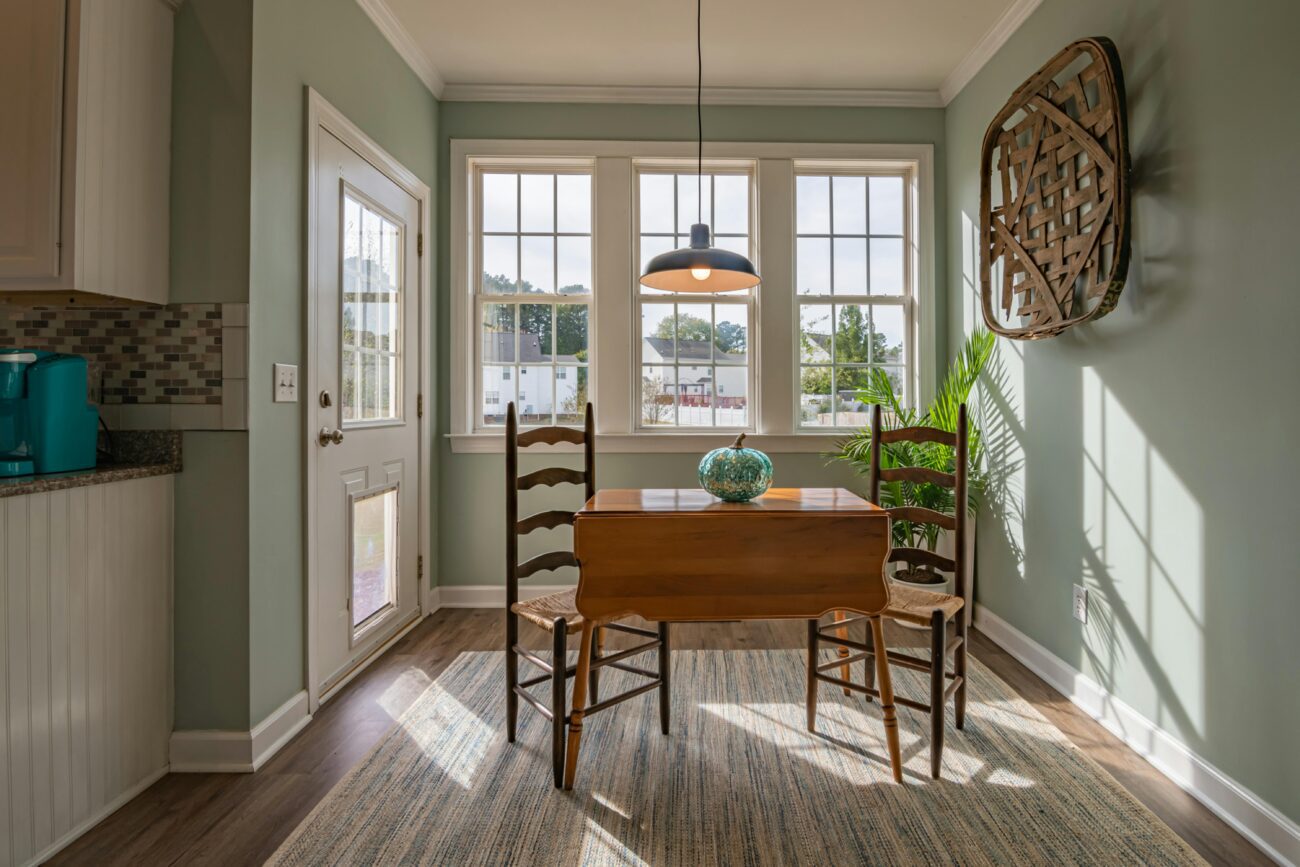In today’s fast-paced real estate market, compelling photography can make or break a property listing. Stunning images not only grab potential buyers’ attention but also help showcase a property’s best features, ultimately leading to quicker sales and better offers. Whether you’re a real estate agent or a homeowner setting out on a DIY project, mastering real estate photography is crucial. Here are top tips to help you take captivating property images that attract buyers.
1. Understand the Importance of Lighting
Lighting can dramatically affect the quality of your photographs. Natural light is often the best choice, as it enhances the colors and dimensions of a space. Here are a few tips to optimize lighting:
- Shoot During Golden Hour: The hour after sunrise and before sunset provides soft, warm lighting, perfect for capturing inviting interiors.
- Turn On All Lights: In addition to natural light, ensure that all the interior lights are turned on to create a warm, welcoming atmosphere.
- Avoid Dark Corners: Make use of fill lights or reflectors to brighten any dark areas in the frame without creating harsh shadows.
2. Choose the Right Equipment
You don’t need the most expensive gear to capture stunning images, but a good camera can make a difference. Consider these essential tools:
- Quality Camera: A DSLR or mirrorless camera allows for better control over settings, while a smartphone with a high-quality camera can work in a pinch.
- Wide-Angle Lens: A wide-angle lens allows you to capture more of the room in a single frame, making spaces appear larger and more inviting.
- Tripod: Using a tripod maintains stability and helps in low-light conditions, ensuring sharp images.
3. Master Composition Techniques
The way you compose your shots can greatly influence how a property is perceived. Keep these composition guidelines in mind:
- Rule of Thirds: Divide your frame into thirds, both horizontally and vertically, and position critical elements along these lines or at their intersections to create a balanced image.
- Leading Lines: Use natural lines, such as staircases or pathways, to guide the viewer’s eyes through the photograph.
- Framing: Use elements within the space to frame your shot, whether it’s a doorway or a window, to create depth and interest.
4. Stage the Property Effectively
Staging a property before shooting is essential for presenting homes in their best light. Follow these tips to ensure effective staging:
- Declutter: Remove personal items and excess furniture to create a clean, inviting space.
- Add Touches: Incorporate fresh flowers, subtle decorative items, or lush greenery to make the space feel lived-in yet sophisticated.
- Create Vignettes: Arrange items in small groupings, such as a coffee table setup or a cozy reading nook, to showcase different functionalities within a room.
5. Highlight Key Features
Differentiate your property by emphasizing its unique features. Consider the following approaches:
- Focus on Focal Points: Whether it’s a fireplace, a beautiful view, or high-end appliances, highlight these features through close-up shots or wide angles.
- Showcase Flow: Capture the transitions between rooms to help potential buyers visualize the layout and flow of the home.
6. Edit With Precision
Post-processing can elevate your images to a new level. Use editing software to fine-tune your photographs, focusing on the following areas:
- Color Correction: Ensure the colors appear as true-to-life as possible to accurately represent the property.
- Cropping: Remove any distracting elements while adhering to the rule of thirds for balanced compositions.
- Sharpness: Enhance sharpness and contrast to make details pop without overdoing it.
7. Consider Aerial Photography
When showcasing larger properties, aerial photography can provide an overview that ground-level shots cannot. Utilize drone photography to reveal:
- Land Size: Display the full extent of the property and any surrounding features, such as gardens, pools, or nearby amenities.
- Neighborhood Context: Provide insights into the area by showing proximity to parks, schools, or shopping centers.
Conclusion
Mastering real estate photography requires a combination of technical knowledge, creativity, and an understanding of market dynamics. By paying attention to lighting, utilizing the right equipment, composing your shots effectively, staging thoughtfully, showcasing key features, editing precisely, and considering aerial views, you can create stunning property images that attract potential buyers and set your listings apart.
Investing time and effort into honing your photography skills can yield significant returns in your real estate endeavors. Remember, a picture is worth a thousand words, especially when it comes to selling a home.
By following these expert tips, you’ll be well on your way to producing captivating property images that not only draw in prospective buyers but also elevate your brand in the competitive real estate market. Start snapping those stunning images today!
